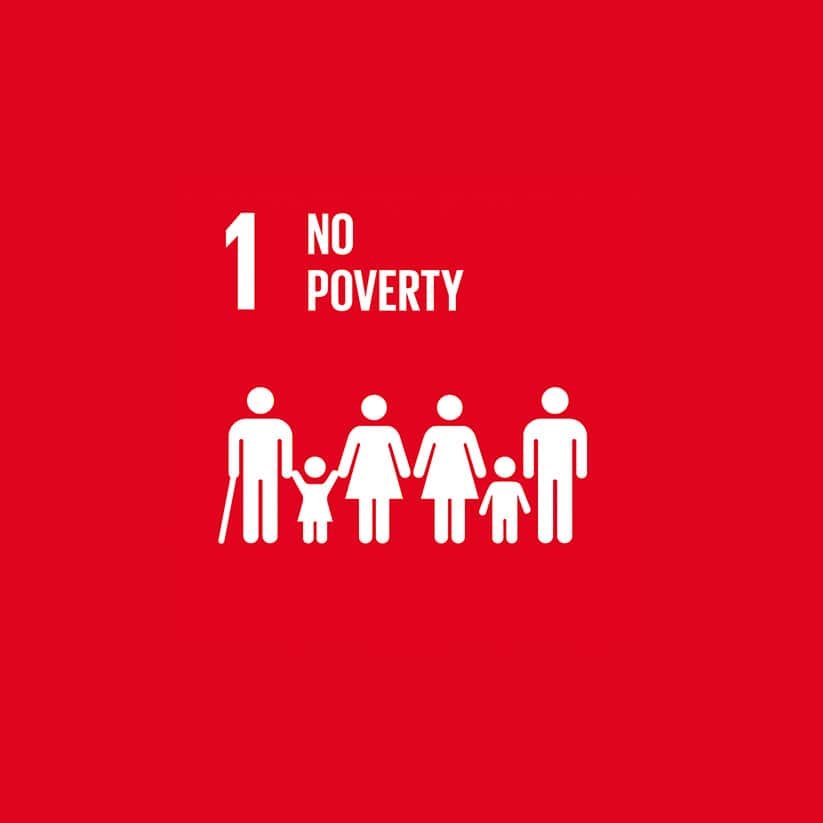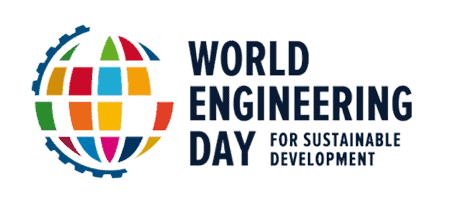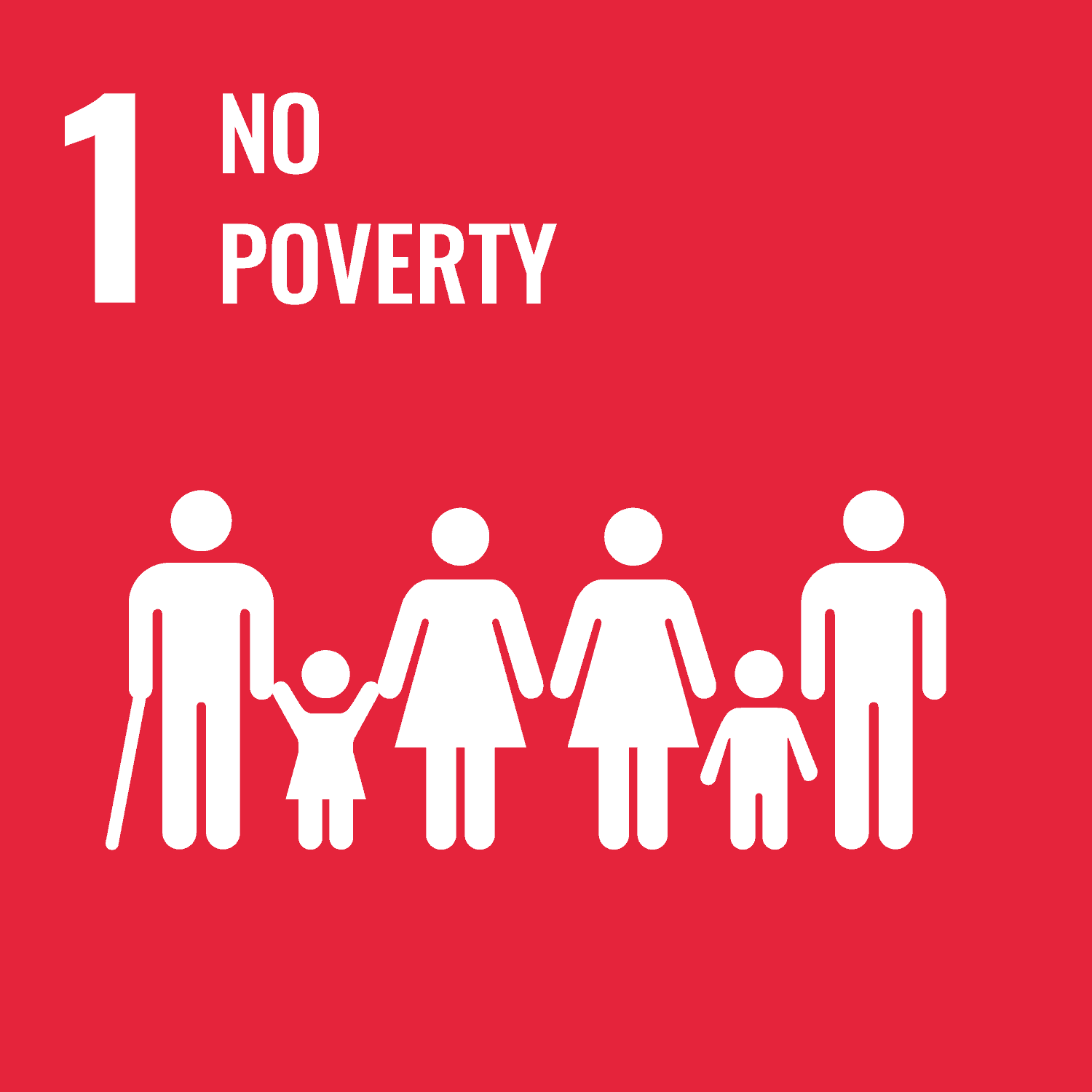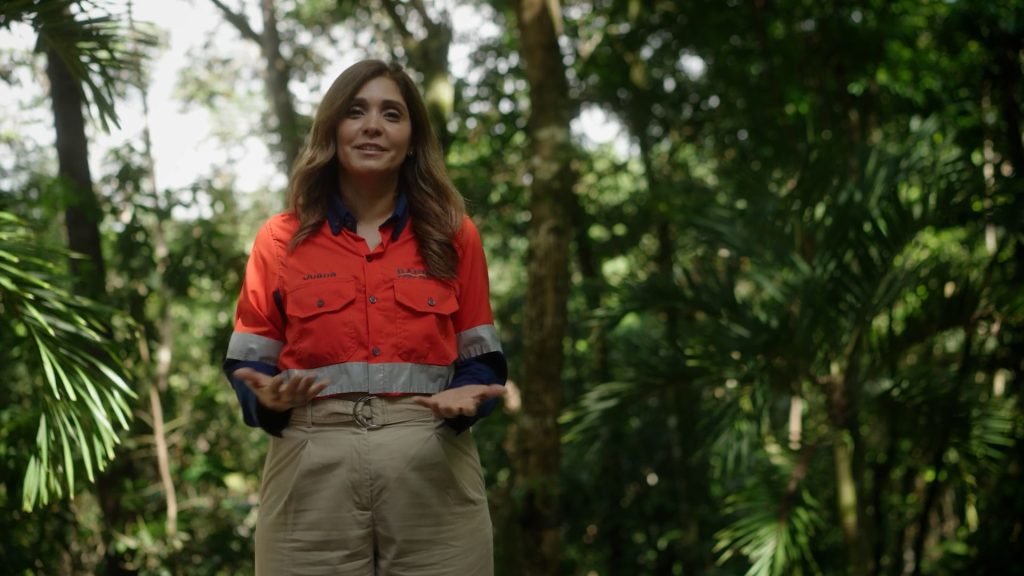
No Poverty
SDG 1 aims to end poverty in all its forms everywhere. Despite significant progress, millions of people still live in extreme poverty, struggling to fulfill the most basic needs like health, education, and access to water and sanitation.
How engineering can make it happen
Engineering drives economic growth and alleviates poverty through basic infrastructure such as roads, railways, and telecommunications. However, much engineering work remains to be done to develop technologies that improve access to basic services such as clean water and sanitation, reliable energy, and clean cooking fuels. Large populations in low-income countries are demanding access to the latest technologies for communication, education, and health. Frugal innovation enables the development of affordable and reliable technologies that are accessible to all.
Explore more UN SDGs.
Global spending on key services up since 2015
2015
2021
These services include education, health, and social protection.
If current trends continue, by 2030

– 575 million people will still be living in extreme poverty.
– Only one third of countries will have halved their national poverty levels.
In response to the cost-of-living crisis,

105 countries announced almost 350 social protection measures in the 12 months February 2022 – February 2023.
View “SDG 1: No Poverty” events
Discover events throughout the world
- {{ listingType.name }}
- prev
- next





